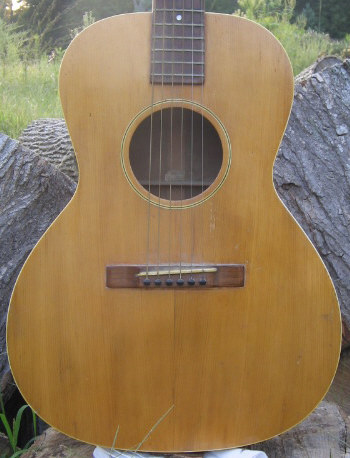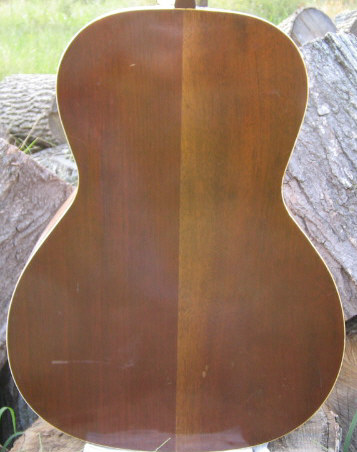Bruce, thanks for the pics - is that some future back and side wood in the background? I like the shape of the little Gibson.
Obviously there are no easy rules when it comes to the subtleties of design as it applies to the weight of components or the weight of the finished instrument. It reminds me of a comment I read on that "other" forum that went something like "it's hard to make a hand built guitar that sounds bad".
JJ you wrote "When we tune a top, we are trying to find where the braces need to be and how their profiles need to be adjusted...likewise, mass distribution is still another component that needs to be taken into consideration." Are saying you that you determine location of the braces differently from one top to the next based on the repsonse of the particular top? Could you elaborate on that please?
Doug
|


 Have you weighed the guitar in the white imediately prior to finish to see how much the actual final finish weighed? Maybe I'm getting a tad obsessive.
Have you weighed the guitar in the white imediately prior to finish to see how much the actual final finish weighed? Maybe I'm getting a tad obsessive.

